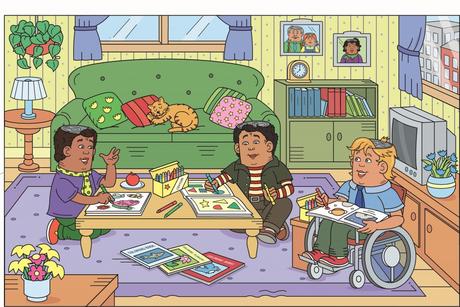 Bullying is a national epidemic. Bullying can have long term serious outcomes.
Bullying is a national epidemic. Bullying can have long term serious outcomes.
stopbulling.gov, a federal government website managed by the U.S. Department of Health & Human Services shares the following information on beginning bullying prevention in early childhood.
Early Childhood
Early childhood often marks the first opportunity for young children to interact with each other. Between the ages of 3 and 5, kids are learning how to get along with each other, cooperate, share, and understand their feelings.
Young children may be aggressive and act out when they are angry or don’t get what they want, but this is not bullying. Still, there are ways to help children.
Helping Young Children Get Along with Others
Parents, school staff, and other adults can help young children develop skills for getting along with others in age-appropriate ways.
- Model positive ways for young children to make friends. For example, practice pleasant ways that children can ask to join others in play and take turns in games. Coach older children to help reinforce these behaviors as well. Praise children for appropriate behavior. Help young children understand what behaviors are friendly.
- Help young children learn the consequences of certain actions in terms they can understand. For example, say “if you don’t share, other children may not want to play with you.” Encourage young children to tell an adult if they are treated in a way that makes them feel uncomfortable, upset or unhappy, or if they witness other children being harmed.
- Set clear rules for behavior and monitor children’s interactions carefully. Step in quickly to stop aggressive behavior or redirect it before it occurs.
- Use age-appropriate consequences for aggressive behavior. Young children should be encouraged to say “I’m sorry” whenever they hurt a peer, even accidentally. The apology should also be paired with an action. For example, young children could help rebuild a knocked over block structure or replace a torn paper or crayons with new ones.
 Bullying is a national epidemic. Bullying can have long term serious outcomes.
Bullying is a national epidemic. Bullying can have long term serious outcomes.
